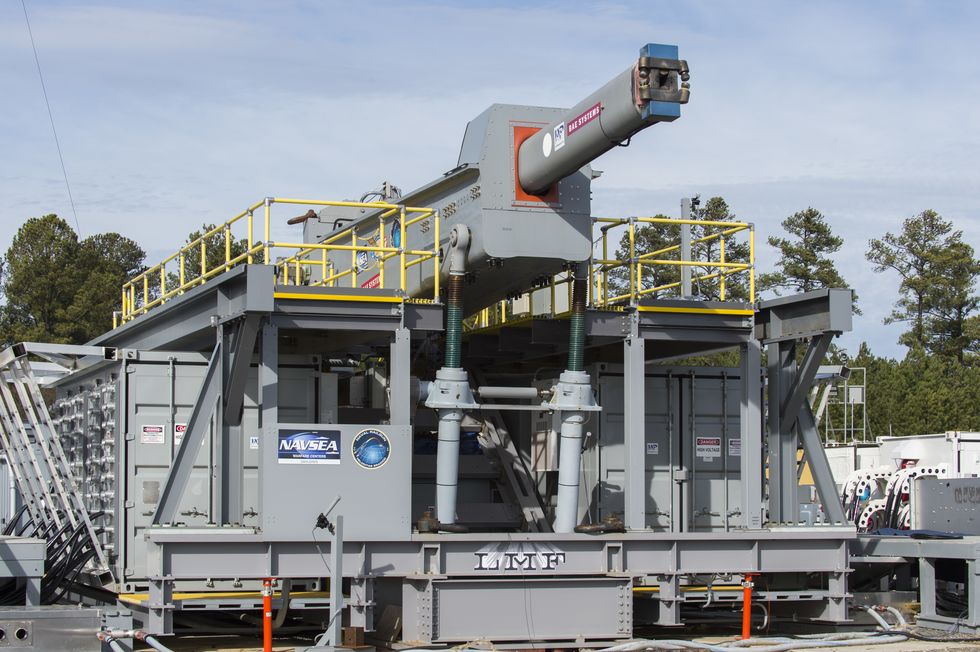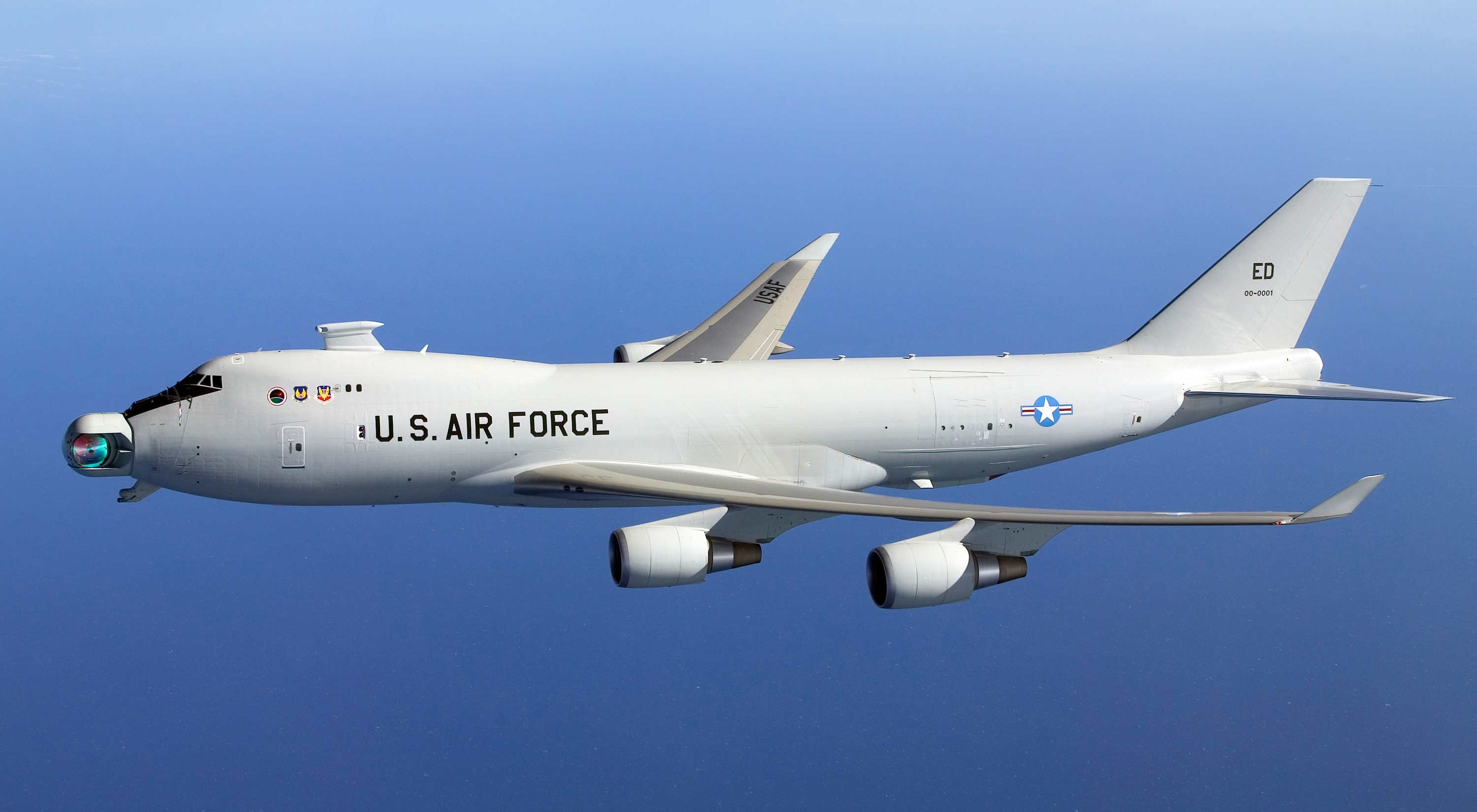The US Navy has reportedly shelved a futuristic weapon program. After spending more than a decade and close to $500 million, the Pentagon cut the funding for the project in its latest 2021 budget, diverting the funds towards hypersonic technologies.
The F-16s Keep Crashing – Another F-16 Fighter Jet Crashes Into Building, Investigation Ordered
The ambitious ‘Railgun’ project stands canceled, according to Interesting Engineering. “The Railgun is, for the moment, dead,” Matthew Caris, a defense analyst at Avascent Group, a consulting firm, told Associated Press.
An electromagnetic gun, the Railgun was reportedly able to fire projectiles at Mach 7 — seven times the speed of sound — using electricity instead of gunpowder, with the capability to hit ships, missiles, and aircraft.

The initial prototype of the Railgun has been tested two times since 2005 and has had mixed results. One of the problems identified was the desired range of 110 miles and the usefulness of the weapon for missile defense.
Projects That Were Shelved
This is not the first time that a highly ambitious project has been ditched after incurring heavy costs on R&D and prototype development. The Pentagon has repeatedly faced public anger over investing billions in military projects only to abandon them later.
According to a report by the Centre for Strategic and International Studies, since the 2000s, the Pentagon spent $51.2 billion on 15 major programs “without any fielded systems to show for it”.
The compiled list of 15 most expensive military projects abandoned by the US include a $5.2 billion “Airborne Laser”, basically a jumbo-jet with a laser.
Conceived by the US Air Force in 1996, the Boeing YAL-1 Airborne Laser Testbed (formerly Airborne Laser) was designed as a missile defense system to destroy tactical ballistic missiles (TBMs).
A chemical oxygen-iodine laser (COIL) was to be fitted inside a modified military aircraft, reportedly a Boeing 747-400F. It was test-fired at an airborne target in 2007 with a low-intensity laser and then again in 2010 with a high-intensity laser, successfully hitting two targets.

However, later consecutive failed tests and over-budgeting by $4 billion, led to the cut in funding for the program and it was finally canceled in December 2011.
After making its final flight on February 14, 2011, to Davis–Monthan Air Force Base in Tucson, Arizona, the aircraft was scrapped by 2014.
The EFV Project
Cruiser Program
Another notable military project to be plugged was the CG(X) Cruiser Program to acquire cruisers for the US Navy.
The CG(X) Cruiser Program was announced in 2001 by the US Navy under the Future Surface Combatant Program (FSCP) to develop the next-generation surface combatants. The Navy initially planned to procure 19 such CG(X) cruisers to replace its aging fleet of Ticonderoga-class cruisers by 2021-2029.
While the funds spent remain unclear, the 2009 Navy budget called for the development of the first cruiser by 2011 but the timeline kept getting shifted to beyond 2015.
A nuclear-powered variant of the CG(X) ship reportedly cost more than $5 billion.
Later, after “affordability considerations”, the US Navy proposed to cancel the CG(X) cruiser program in the 2011 budget, according to a report by the US Congressional Research Service.
At present, the US is still in the hunt for surface combatants to replace its Ticonderoga-class cruisers.
Under the FSCP (later renamed as Future Large Surface Combatant Program), the US Navy has requested $46.5 million in research and development (R&D) in the 2021 budget to develop next-generation guided-missile destroyers (DDGs) by 2028.
The project is now known as the Guided Missile Destroyer (DDG(X)) program that will have a number of cruisers and destroyers.
READ MORE




